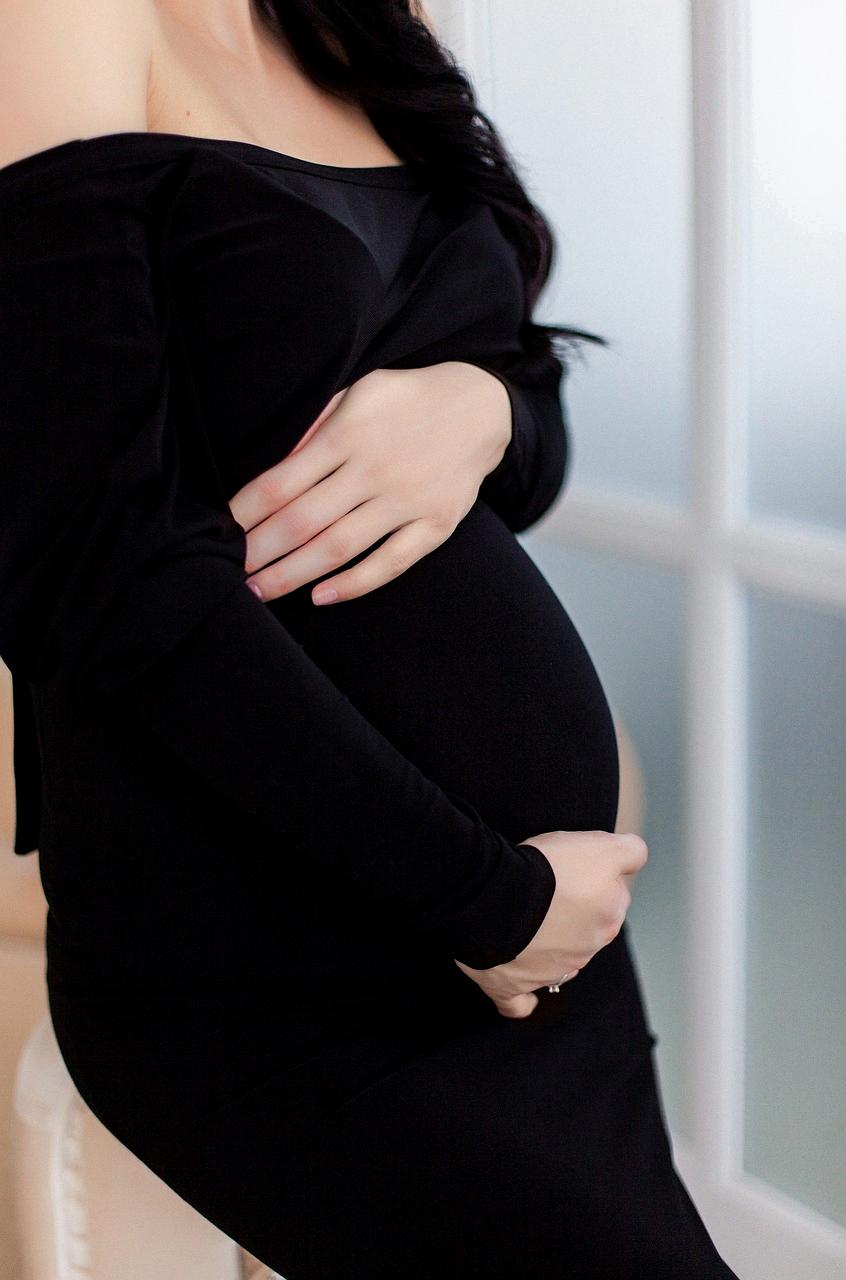When it comes to family planning and pregnancy spacing, many women may wonder about the risks associated with back-to-back pregnancies. Research has shown that intervals of less than 18 months between giving birth and conceiving again can have significant implications for both the mother and the baby.
Potential Impact on Preterm Birth
One of the key risks of back-to-back pregnancies is an increased likelihood of preterm birth. Studies have indicated that shorter interpregnancy intervals are associated with a higher risk of delivering prematurely, which can pose various health challenges for the newborn.
Risks to Infant Health
Additionally, back-to-back pregnancies have been linked to an elevated risk of having an infant small for gestational age. Babies born too small may face developmental delays, health issues, and a higher risk of complications both at birth and later in life.
Impact on Maternal Health
For mothers, undergoing back-to-back pregnancies can also have implications for their health and well-being. The body needs time to recover and replenish vital nutrients after giving birth, and insufficient spacing between pregnancies can increase the risk of maternal complications.
Increased Risk of Infant Mortality
Perhaps one of the most concerning risks associated with back-to-back pregnancies is the higher likelihood of infant mortality. Research has shown that babies born to mothers who conceive again shortly after giving birth are at a greater risk of mortality within the first year of life.
Importance of Adequate Pregnancy Spacing
Given the potential risks involved, healthcare professionals often recommend that women wait at least 18 months after giving birth before trying to conceive again. This allows the body to recover fully and reduces the chances of adverse outcomes for both the mother and the baby.
Factors to Consider
While the recommended pregnancy spacing is 18 months, individual circumstances may vary. It is essential for women to consult with their healthcare providers to assess their unique situation and make informed decisions about family planning and spacing between pregnancies.
Supporting Maternal and Infant Health
Ensuring adequate pregnancy spacing is not only beneficial for the health of the mother and the baby but can also contribute to better long-term outcomes. By prioritizing maternal well-being and infant health, women can reduce the risks associated with back-to-back pregnancies.
Importance of Prenatal Care
Regular prenatal care is crucial for monitoring the progress of a pregnancy and addressing any potential concerns that may arise. Women who are considering back-to-back pregnancies should work closely with their healthcare providers to ensure optimal care and support throughout the pregnancy journey.
Educating Women on Family Planning
Empowering women with knowledge about the risks of back-to-back pregnancies and the importance of adequate pregnancy spacing is essential. By promoting education and awareness, healthcare providers can help women make informed choices that prioritize their health and the well-being of their children.
Conclusion: Balancing Timing and Health
While the decision to have another child is deeply personal, it is crucial to consider the potential risks associated with back-to-back pregnancies. By understanding the impact of pregnancy spacing on maternal and infant health, women can make informed choices that support their well-being and the health of their growing families.

